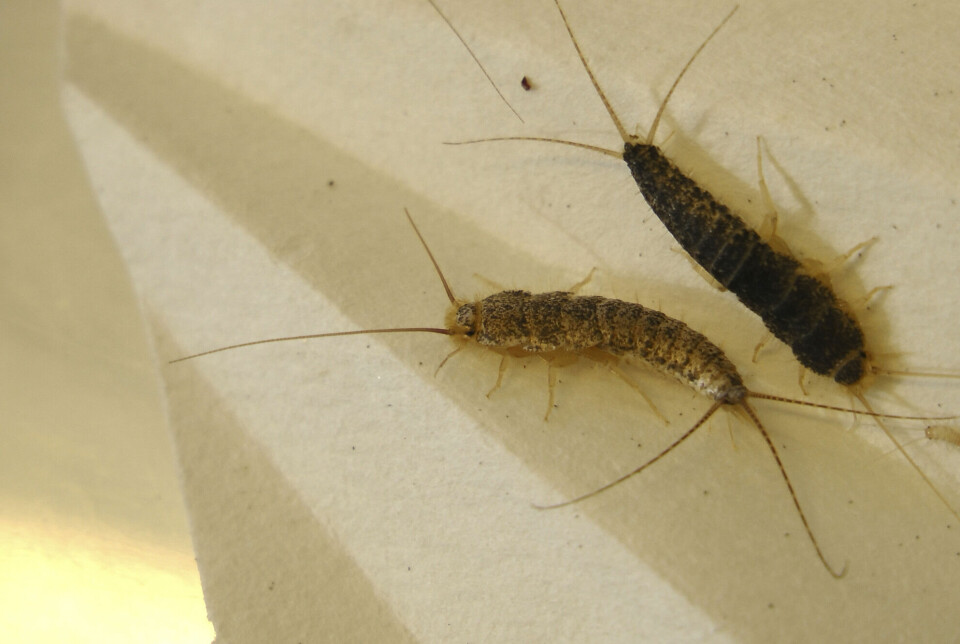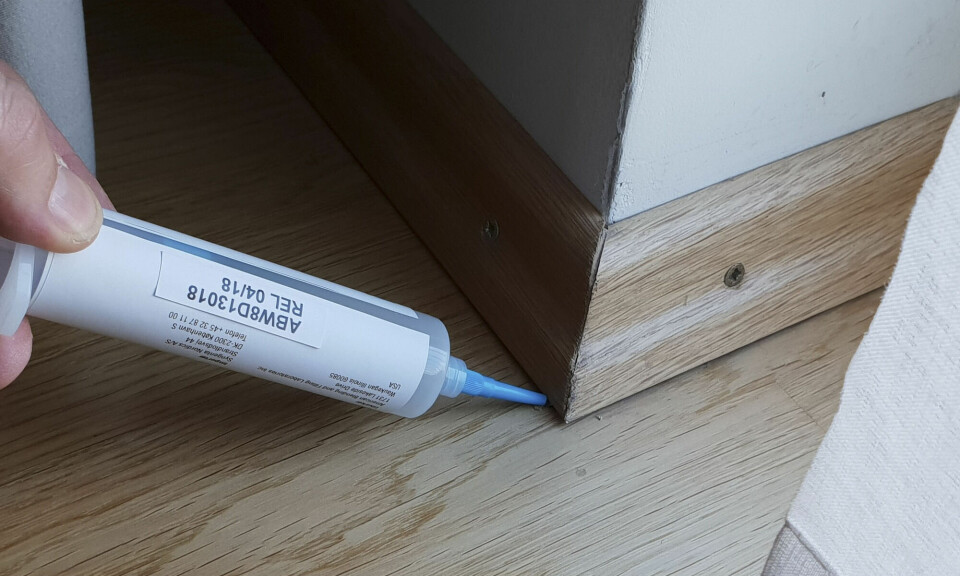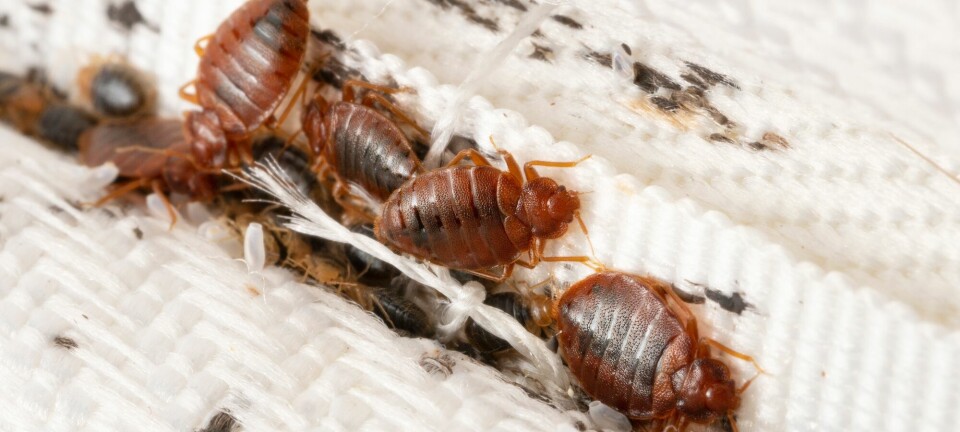
Norway wins the battle against silverfish
After several years of hunting, pest researchers have found an effective way to eradicate silverfish, where the creatures also contribute by killing each other.
“Norway is the world’s leading country in the fight against silverfish,” senior researcher Bjørn Arne Rukke at the Norwegian Institute of Public Health (NIPH) tells Norwegian News Agency NTB.
He has been involved in developing an effective, affordable, and safe method, which also has a long duration, to get rid of the pest. In 2013, silverfish appeared in Norway and almost caused panic, as they spread extremely fast.
Most viewed
No content
“The spread and media coverage gave the impression that these creatures were going to become a major pest problem in society, but that’s not the case now,” says Rukke.
In collaboration with pest control companies and insurance companies, the researchers tested methods and found that poisoned bait works best.
Explosion of inquiries
“At first, we didn't know what to use to deal with them. When we started looking for answers, we could almost count the number of scientific articles on silverfish on one hand. Not a single one addressed how to combat them,” Rukke says.
“With the surge in demand for control methods, we embarked on scientific research both in the laboratory and in the field, uncovering an effective strategy that is now in use. In addition to being very effective, it has proven to last longer than expected.”
In pest control, the goal is often to avoid the use of poison. In cases where poison is part of the solution, the aim is of course to minimise its use, both out of consideration for the environment, the risk of the pest developing resistance, and the risk of humans or pets ingesting poison.
Eats poisoned, dead peers
NIPH’s laboratory studies have been published in renowned scientific journals. They demonstrate that bait with the active ingredient indoxacarb is particularly effective against silverfish.
“We discovered that very little is needed. Just a few tiny drops spread out in hidden places such as under baseboards and door thresholds. The effect of just a few milligrams of poison can last for years,” Rukke says.
Secondary poisoning also contributes to this.
“When silverfish die, they’re quickly eaten by their own kind. Those killed by the bait contain enough poison to also affect those who eat the dead individuals,” he says.

Check first, leave the rest to the pros
If you see a silverfish or suspect that they have entered your home, it is important to act early to achieve a quicker successful treatment of your home, cabin, or other buildings.
To confirm the presence of silverfish, placing small glue traps and checking them after a couple of weeks is effective. Silverfish can be found in all rooms of a home.
According to NIPH, there are often a few more animals in bathrooms, kitchens, and laundry rooms. Anders Wahl, a spokesperson for Clas Ohlson, mentioned in an email to NTB that while the overall sales figures for pest control products have stayed fairly consistent in recent years, there has been a noticeable increase in the demand for silverfish traps. There was a 30 per cent increase in sales in 2023.
After the presence of silverfish is confirmed, certified pest controllers must step in to plan and carry out the placement of bait. Silverfish, being nocturnal, can spread quickly and squeeze through tiny openings.
The entire building
It is therefore often advisable to treat all apartments in a building where silverfish have been detected.
Vacuuming and dry mopping will enhance the effect of poisoned bait, as cleaning removes potential alternative food sources such as crumbs, dust, and leftover food. Just make sure that the cleaning does not remove the bait.
Many individuals may be reluctant to engage pest control services, fearing the expense and duration of the process. Rukke mentions that applying small drops of bait can be a quick process, taking merely 15–20 minutes, and thus, might not be as expensive as anticipated.
“If several in the same block chip in for the extermination, the costs will be further reduced for each individual apartment,” he says.
———
Translated by Alette Bjordal Gjellesvik
Read the Norwegian version of this article on forskning.no

































